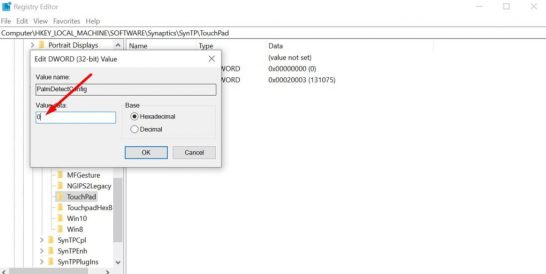
Having a problem with your mouse can be frustrating as it can affect your experience. There are several issues possibly occur to your mouse, one of which is mouse lag. Among many other issues, mouse lag is the most common and yet you shouldn’t overlook this problem. If you are using Windows 10, then you should know how to fix mouse lag in Windows 10 in order that it does not get worse.
Mouse lag is actually a condition when your mouse is stuttering. This condition can be caused by several factors such as internet problem, outdated graphic card, and problem in mouse driver. Now that you are on this page, you must need a solution to get rid of this issue. You are about to find several methods to fix mouse lag in your Windows 10. Check this out!
Table of Contents
How to Fix Mouse Lag in Windows 10 the Easy Ways
Mouse lag sounds simple but it is a real hindrance to your everyday tasks. While you have so many things to do, mouse lag can make it worse. There are several solutions to solve mouse lag issues in your Windows 10. We have shortlisted the best solutions that will help you fix the problem effortlessly. Prepare yourself and do these methods.
1. Disable or enable scroll inactive Windows
Windows 10 provides you with an option of scroll inactive windows when you hover over them. This enables you to scroll through window pages even though it is inactive. You can disable or enable this option to fix mouse lag. Do the following steps.

- Go to Settings, select Devices and click on Mouse.
- You will see several options including primary button and scroll option. Find scroll inactive window switch in the bottom of the page.
- Click to disable or enable the option. When it is off, you can turn it on and vice versa.
- Close the Setting and check if your mouse is still lagging.
You can try to disable and enable the switches several times. Many users found that this method helped them get rid of mouse lag issue. But if this doesn’t work well to your mouse, try another solution.
2. Change Palmcheck threshold
In the Settings, you can also change palm check threshold to resolve mouse lag issue. Here, you will need to change the threshold of touchpad. This method is quite effective to resolve mouse lag problem in your Windows 10. Check on the following steps.

- Open Regedit with using Windows search, type Regedit.
- After you opened it, navigate to Computer\HKEY_LOCAL_MACHINE\SOFTWARE\Synaptics\SynTP\TouchPad and Computer\HKEY_LOCAL_MACHINE\SOFTWARE\Synaptics\OEM\TouchPad
- You will find PalmDetectConfig on it, right-click and select modify, change value data to 0, then click Ok.
Changing the Palmcheck threshold enables you to optimize mouse performance. This method is worth trying if you experience a mouse lag.
3. Turn off Cortana
This may sound a little peculiar but turning off Cortana can help you with mouse lag issue. Many users reported that this method successfully resolved their problem of mouse stutters. It is pretty simple to turn off Cortana. The following steps are all you have to do.

- Open the Cortana app on your computer. Move your pointer to the top-left corner and click on Settings.
- Locate Cortana can give you …… and turn it off.
The simple and short method should help you get rid of mouse lag. After turning off Cortana, check if your mouse is still lagging. When the problem persists, jump to the other solutions.
4. Change mouse frequency
Mouse lag can also be caused by its frequency, especially if you are using a wireless mouse. If you suspect mouse frequency as the culprit, then you have to change it. Altering mouse frequency can possibly help resolve the issue. Do the following to change the frequency.
- Open your wireless mouse configuration software.
- Change the frequency to 250Hz, which normally it is set to 500Hz.
- Check if the problem is resolved.
Please note that the method is only available for wireless mice. It is because USB mouse does not require any frequency since it uses USB cable. If you are using a Bluetooth mouse and this solution is not working, you may try another solution.
5. Install official driver
Mouse driver can be the culprit of mouse lag issue. Most users reported that installing official driver can help get rid of lag problem. If none of the previous methods work on your computer, the following fix is worth trying.
In most cases, the default driver will be automatically installed on Windows 10. But sometimes the driver can cause several issues, including mouse lag. For this reason, you need to find a compatible driver. Before installing a certain driver, check on the manufacturer’s website especially if you are using the branded one. Be sure to download the right driver for your mouse for optimum performance.
In a nutshell, how to fix mouse lag in Windows 10 can vary depending on causing factors. Since it is rather hard to point out the culprit, it is necessary to know a variety of fixes to resolve mouse lag issue. In case you experience a mouse lag, try out the above methods and find one that works best for your computer.